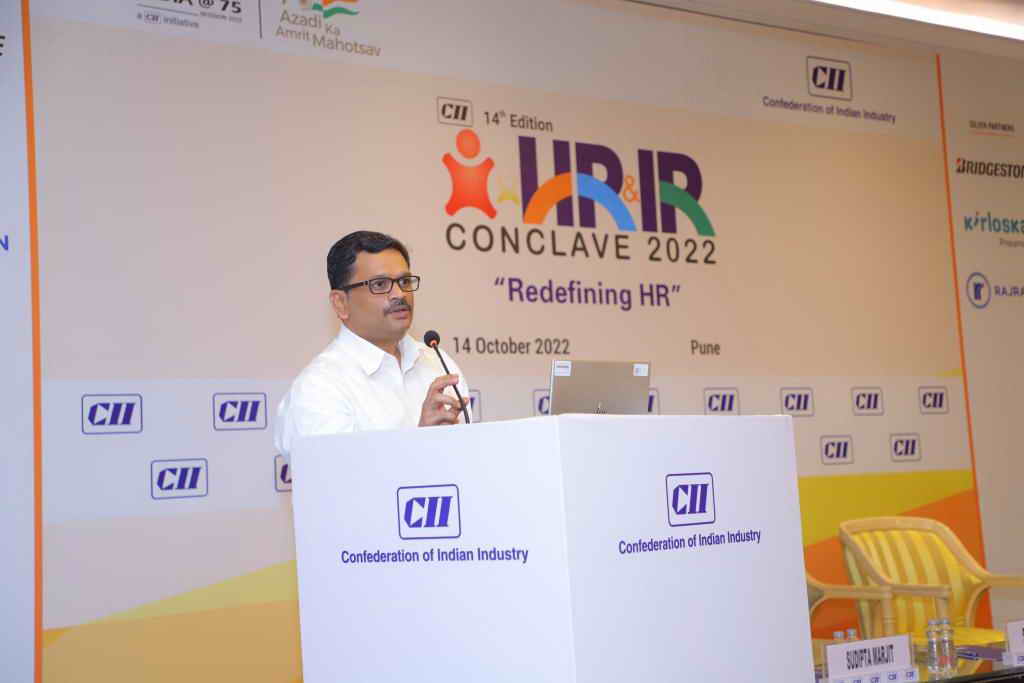The final output quality is square times the base content quality.
As per my experience and analysis of projects, the typical duration is as follows:
- 45% - Content Creation and Gathering
- 25% - Instruction Design and Course Material Writing
- 20% - Visual Design and Production
- 10% - Testing and Project Management
- The irony is that #2,3,4 are costlier than #1 by a handsome 25%.
- #1, originates within the employee base and getting them in company wide domain is the most tedious task. Is it really tedious as sought out to be ? The answers vary.
1. If bosses, say collaboration and knowledge sharing is important but the systems do not see a presentation or any value-centric documents shared from them, it is lip service. Every one in the team will give the same.
2. If external consultants come in and ask queries about business, it more often leads to tutorship of the consultant in the domain which for most part is resented or handed down as a mechanical routine.
3. I have seen recommendations that state that 2 hours of time is all it takes to gather and create content. This is good for vendor as the project can be completed. But is it worthwhile for the company ? To an extent, yes. But as long as the content has not been widely circulated and commented, getting a 2 hour content session into e-Learning is fraught with swirls and loops of iterations which gets costlier as the phases progress and the content grows in age over time.
What good then does such content and e-Learning systems provide. At best, a transient knowledge, converted to a learning structure and subjecting wide user base to read , comment, follow and collaborate.
Isnt there a way? There is, but the hard work still does not go away. Knowledge framework systems, like ours, allow organic capture of content over a period of time. As a consultant, we unobtrusively ping with senior management help in putting the pieces, one at a time in the basket with individual stakeholders. This, of course being organic takes more time to develop the complete program.
With a critical mass, we take the risk of moving towards e-Learning. The final program is reviewed for aesthetics and user experience than for content accuracy or content structure or content scope. The desire created to provide more such information that each of the reviewers have in wider topics in e-Learning model is a better way to overcome the constraints of a content-strapped e-Learning initiative. This gets the repeat and further orders for an annuity business in helping the performance-oriented organization.
Any better methods of content collection, creation and assimilation before launching e-Learning courses ? Rather the most important question is, do all customers allow to spend this time ?



The job of content gathering becomes even more complex and fraught with uncertainties if you take into consideration some of the following:
ReplyDelete1. Content often resides with the SMEs in the form of tacit knowledge
2. Separating the training content from all that the SMEs will regale you with requires a very clear understanding of the Performance Objectives of the training program
3. There is a lot of user-generated content residing with pockets of users that can be really useful, if located
4. If the content is for a new system/product, there is likelihood of it changing between the gathering phase and the actual training dissemination time
This is where your comment about content being at best a transient knowledge is very apt.
Mitigation steps:
1. Make the training program as granular/modular as possible so that if there is any change, small portions are impacted and not large chunks
2. Consult with the SMEs and keep asking, "How likely is this content/application/screen to change on a grade of 1 to 10 with 10 being the most likely
3. Use that matrix to develop the modules beginning with those in the 1 to 5 band first
Finally, It is important to remember that the content is the means to achieving an end. It is not the end. Hence, other factors like project management, instructional and visual design, technology and offering platform, and so on need to be taken into consideration in the over all success of a training program.